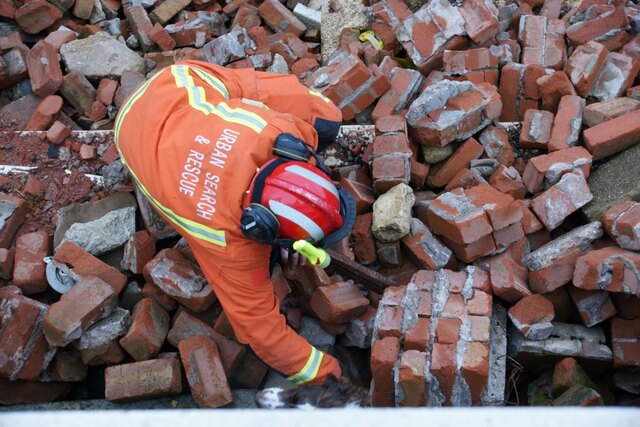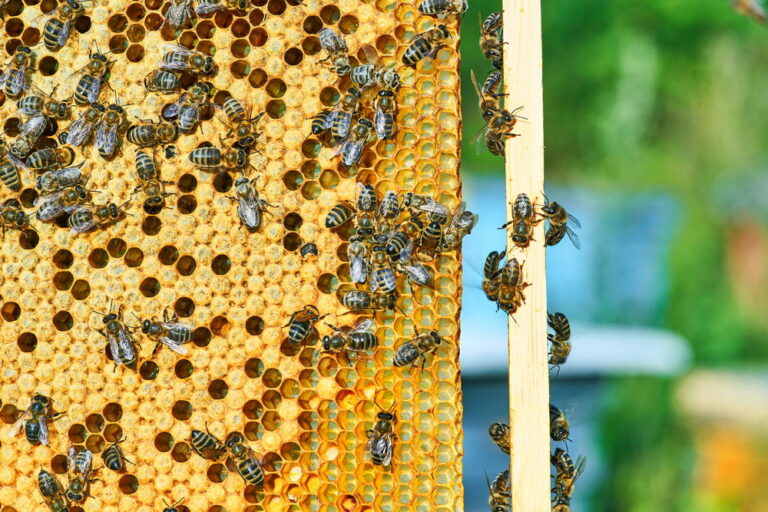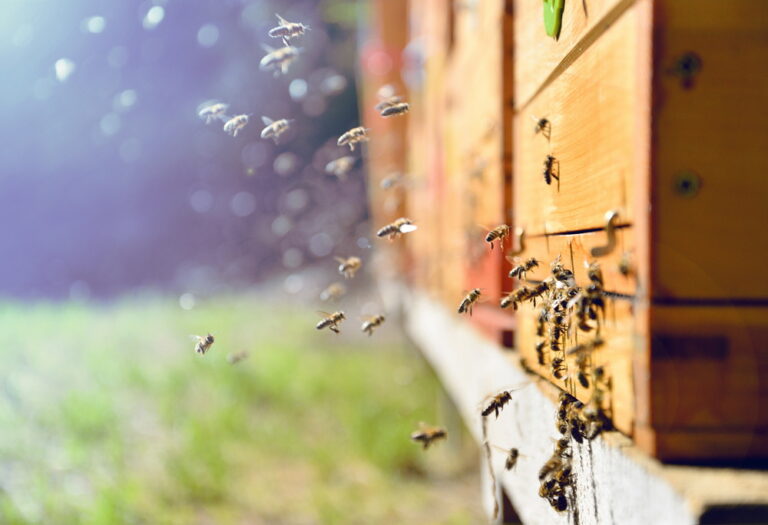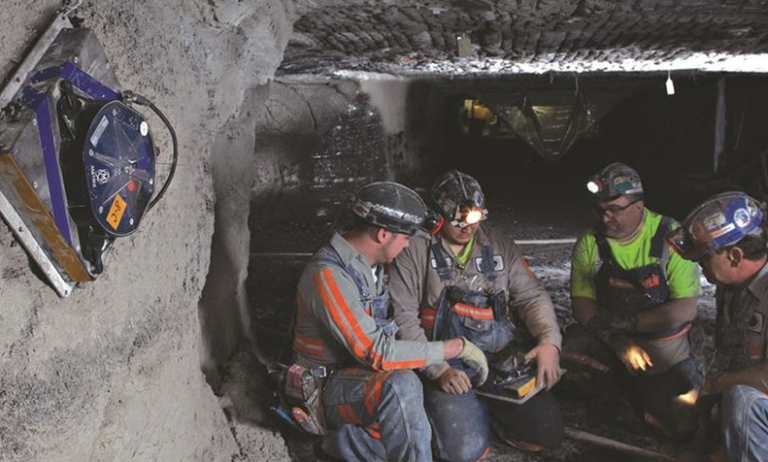The Power of Community Support During Tough Times
When crisis events like natural disasters, accidents or acts of violence occur, they understandably capture our attention. Images of destruction and suffering delivered 24/7 on news and social media make the world seem full of calamity. But in the most affected communities, everyday people band together to lift up survivors. There is power in that community support and care, which often goes unseen by outside observers. During life’s toughest times, friends, neighbors, and strangers unite to ease burdens which points to the deeper good in humanity.
Emergency Responders
When crisis events happen, professional first responders like firefighters, paramedics, police, and organizations such as BBF Global Relief race into damaged areas to save lives through training and instinct. But community volunteers with local knowledge also answer calls to support official disaster response efforts, transporting injured people to hospitals, clearing road debris under guidance for access, and supplying food and equipment to responders. Makeshift networks augment emergency services when needs outpace resources.
Scaling Safety Nets
Existing community aid organizations expand safety nets when hardship spikes after disasters. Food banks collect increased donations to feed more locals unexpectedly needing groceries. Homeless shelters add beds to temporarily house displaced families and individuals unable to return to damaged properties. Non-profit thrift stores provide free clothing, furniture and supplies to victims who lost everything. Social workers connect people with recovery programs like temporary housing assistance and trauma counseling. Strong community support nets catch and support more people knocked down by crises.
Childcare Assistance
Parents struggling after crisis situations to restore housing stability or jobs desperately need childcare to focus on pressing survival tasks. Community members volunteering at local camps, churches and recreation centers offer free activities and learning programs for kids, which grants parents a little break during stressful recovery times. Special condensed curriculums bring displaced students up to speed who missed school because of relocations. Caring for kids through trying times lifts enormous burdens from families.
Local Fundraisers
Grassroot local fundraising drives generate community goodwill and money to assist victims with pressing needs after disastrous events. School donation drives collect essential items like blankets and baby supplies for distribution. Local concerts, dinners and auctions raise funds for temporary housing and living expense grants to help families regain footing. Youth-focused efforts like lemonade stands and car washes also empower kids to support peers affected. Collective assistance funding goes directly toward individual survivor needs.
Rebuilding Together
Long after tragic crisis events fade from national news, immense local needs remain rebuilding homes, businesses, and infrastructure. Community volunteers turn out at weekends wielding hammers, shovels and paintbrushes assisting families repair damaged properties who cannot afford contractors. Donations of building supplies and elbow grease aid reconstruction one project at a time. Business owners rebuild customer bases through community members intentionally shopping local. Physical and economic rebuilding efforts show communities standing by each other.
Communication Hubs
Trusted community hubs like schools, libraries, religious institutions, and recreation centers provide centralized systems sharing critical recovery information and organizing assistance for affected people. Accurate updates counter rumors and misinformation. Designated public computer banks help victims apply for recovery funds online. Lists offer clear ways unaffected locals can donate time, money, or urgent supplies. Trusted community hubs coordinate individual efforts into waves of support.
Conclusion
When crisis events occur, the massive destruction and upheaval they unleash grabs our collective attention. Images of rubble and anguish rightly elicit global concern and sympathy. However, the lesser seen story lies in how tightly affected communities knit together during the arduous rebuilding process. The care circulating within strong communities in trying times remains the untold story which points to the light ahead.







